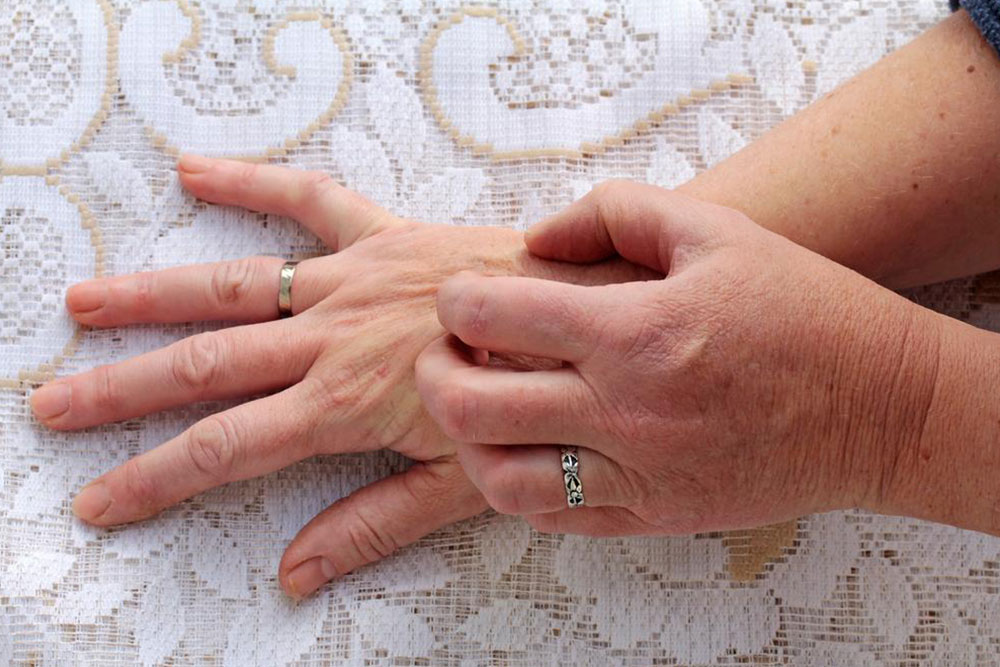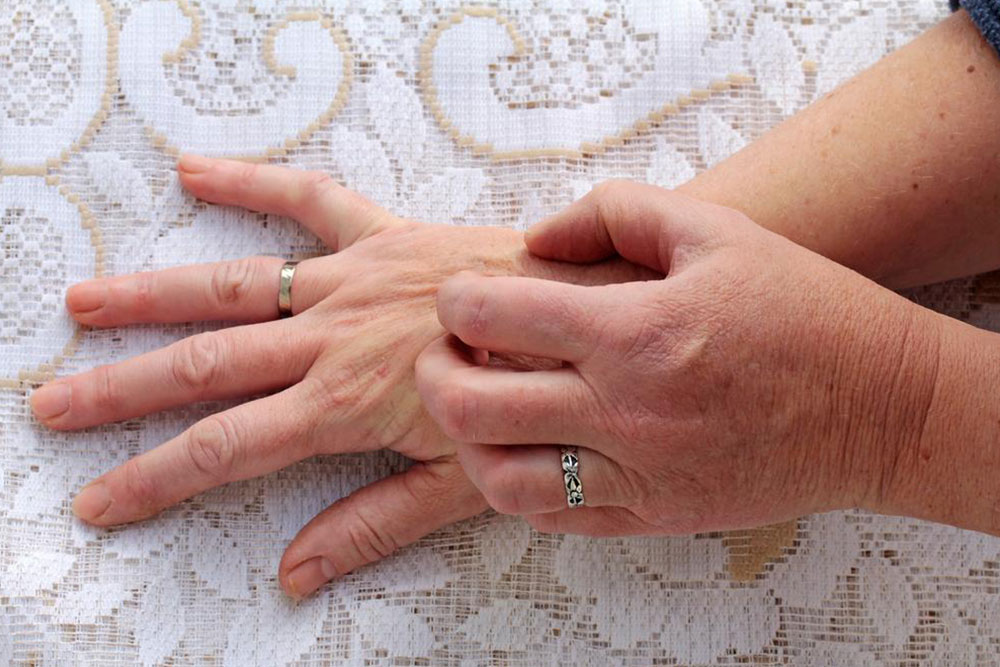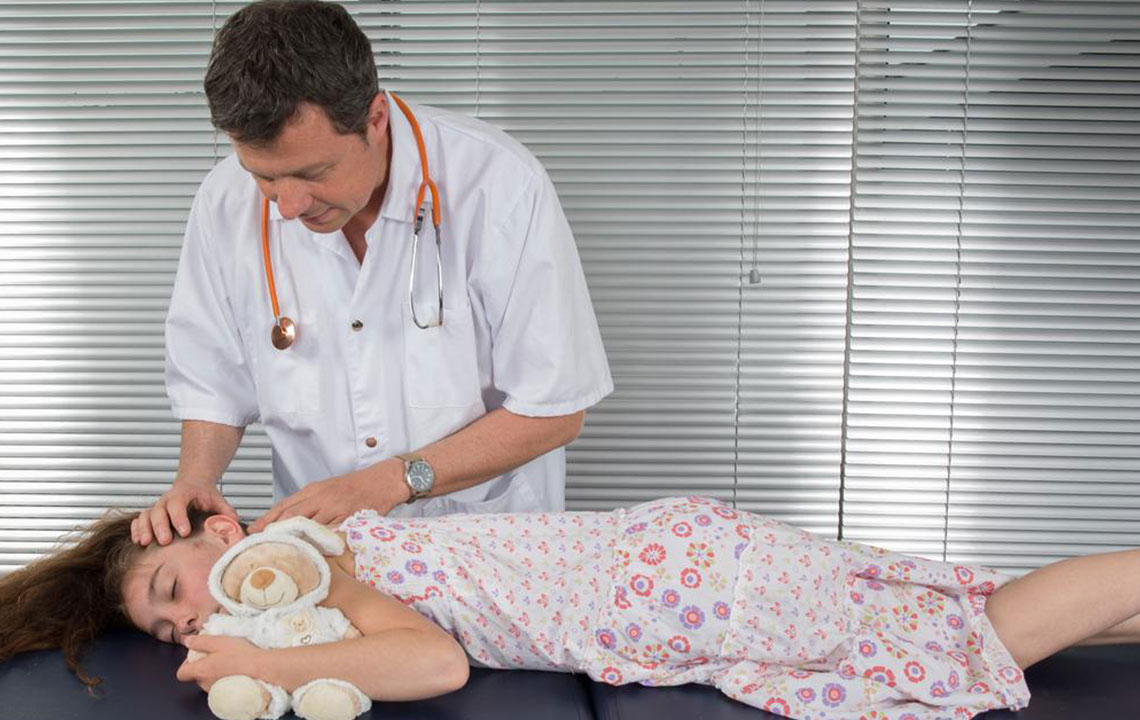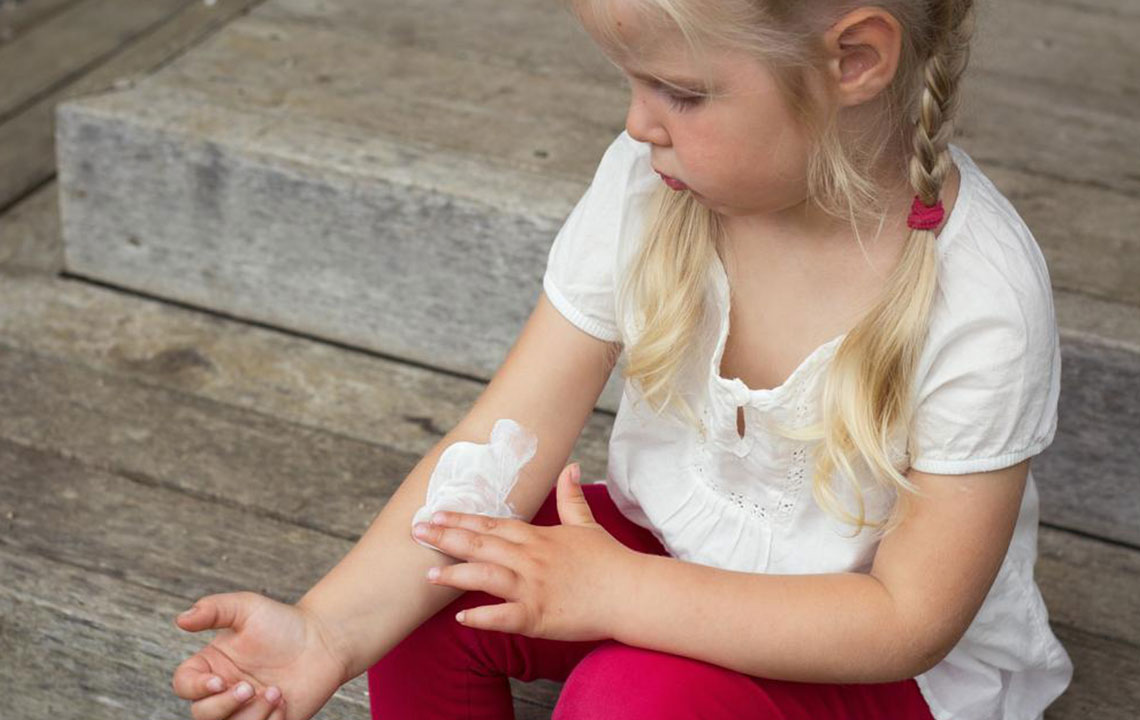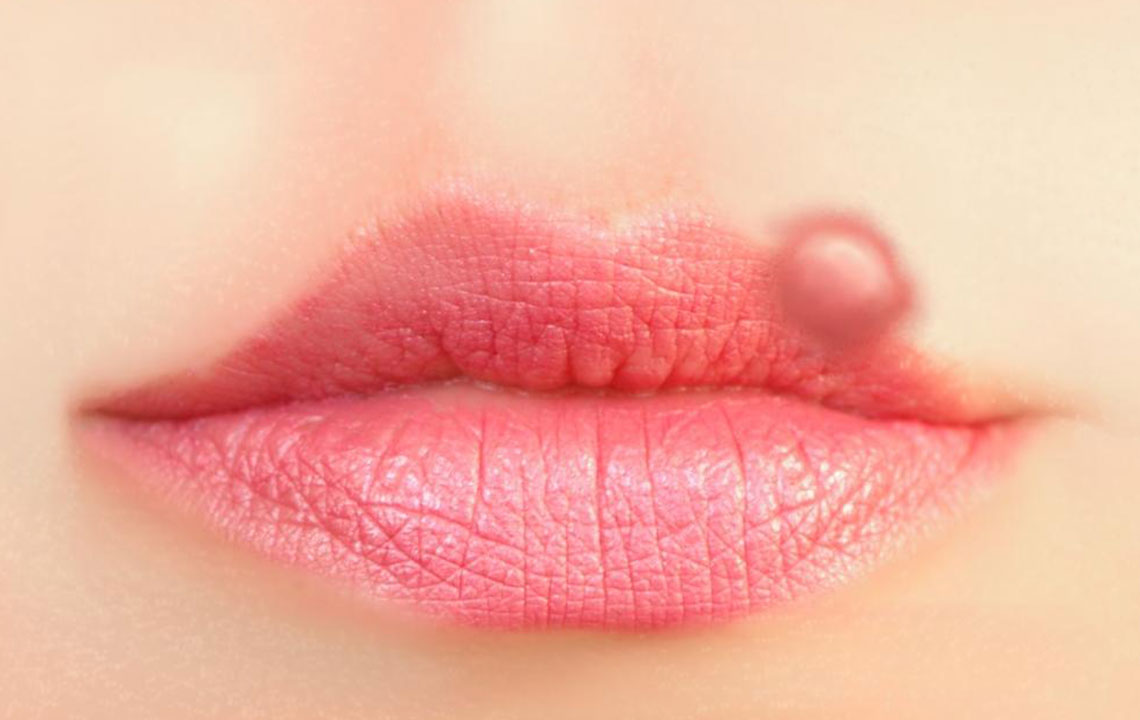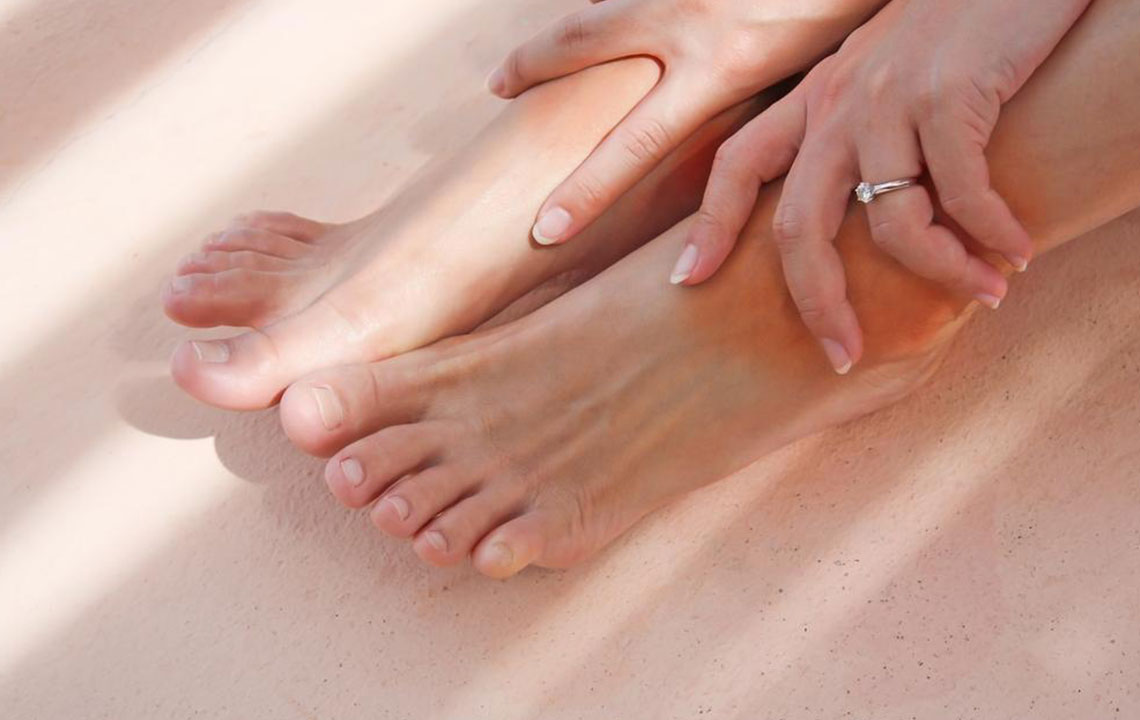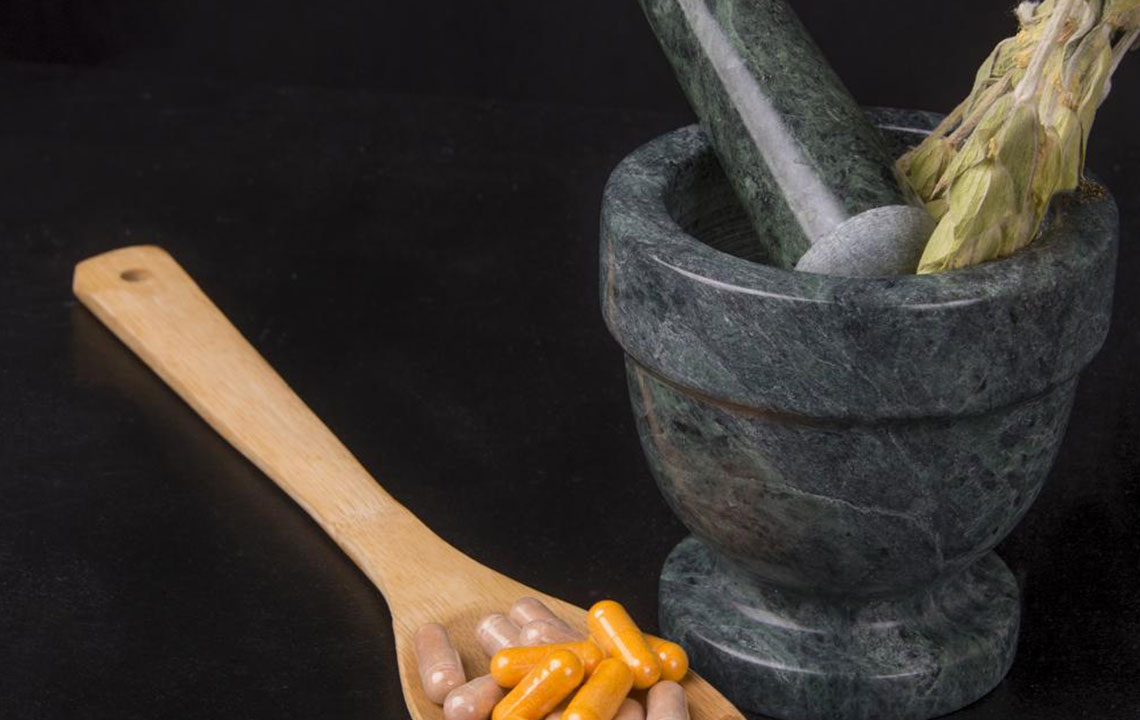Comprehensive Guide to Managing Pityriasis Rosea
Discover effective strategies for managing pityriasis rosea, including medical options, home remedies, and lifestyle tips. This guide helps alleviate symptoms, speed recovery, and prevent complications using safe and practical approaches. Consult a healthcare provider for personalized advice.

Comprehensive Guide to Managing Pityriasis Rosea
Pityriasis rosea is a prevalent skin disorder that can impact daily activities. Effective management is important, even though it often resolves spontaneously. The condition starts with a single patch called a herald patch, usually oval or circular, appearing on the chest, abdomen, or back and up to 10 cm wide. Within 1-2 weeks, a widespread rash develops, lasting around 12 weeks on average. Though its cause is unknown, viral factors are suspected. Treatments mainly focus on alleviating symptoms and preventing secondary infections.
The rash's duration can extend up to 12 weeks. Symptoms include an itchy, non-painful rash that varies in color from pink to dark brown or gray. The patches are oval, sometimes forming tree-like patterns, especially on the back and torso. Additional signs might include mild respiratory symptoms. Since pityriasis rosea tends to resolve on its own, treatment usually targets symptom relief and skin comfort. Approaches include medication, home remedies, and lifestyle adjustments.
The primary focus of treatment is reducing itchiness and preventing complications. Common medical options include corticosteroids to lessen inflammation, antihistamines for itching relief, and light therapy such as UV exposure to speed healing. Always consult a healthcare provider before starting any medication.
Home remedies can be effective for mild cases. Calamine lotion provides cooling relief and relieves itching. Oatmeal baths or topical applications soothe irritated skin. Aloe vera offers anti-inflammatory benefits, and coconut oil helps keep skin moisturized. Maintaining good hygiene, avoiding tight or synthetic clothing, bathing in warm water, and resisting the urge to scratch can improve comfort and aid recovery.
While pityriasis rosea often heals naturally, supportive care helps alleviate symptoms. Seek medical advice for severe or persistent cases to explore appropriate treatments. Proper skin care and lifestyle modifications are vital to managing discomfort and supporting healing.


